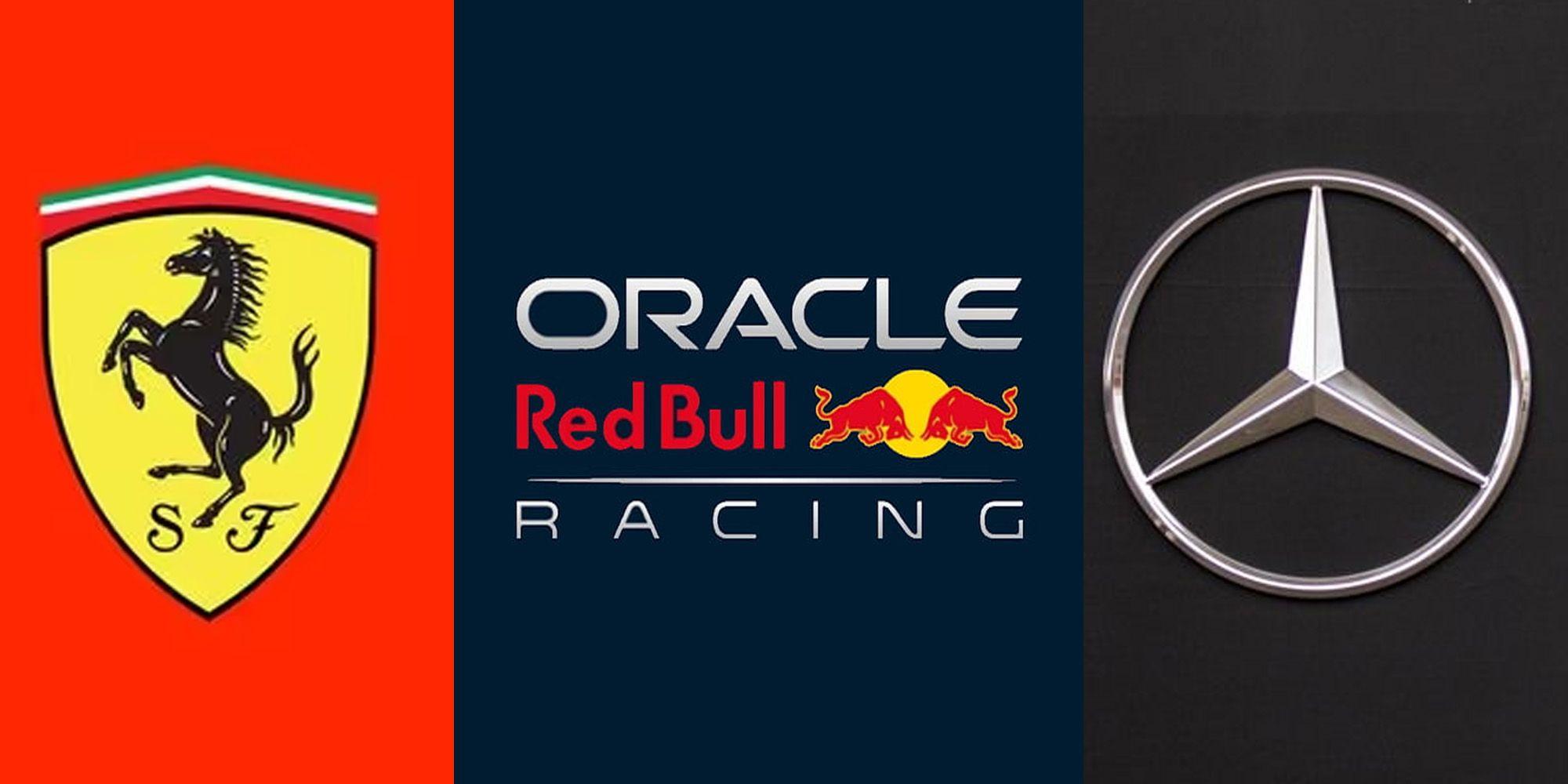In a significant move that could reshape the future of Formula 1 racing, leading manufacturers are expressing their concerns over a potential return to V10 engines ahead of the 2026 regulations. As the sport navigates the balance between performance and sustainability, these manufacturers are advocating for a more unified approach to power unit specifications, emphasizing the need for convergence in engine technology. This dialog not only highlights the passionate debates surrounding F1’s technical evolution but also underscores the racing community’s commitment to innovation amidst pressing global environmental challenges. with discussions heating up, the implications of this pushback could influence the competitive landscape of Formula 1 and its commitment to a greener future.
F1 Manufacturers Challenge V10 revival proposals Amid Cost and Sustainability Concerns
As discussions around the future of Formula 1 intensify, the push for a V10 engine revival has met significant resistance from leading manufacturers. Concerns over escalating costs and sustainability have emerged as key factors deterring teams from endorsing the shift back to the iconic V10s. Manufacturers argue that a reversion to these engines could undermine ongoing efforts to enhance efficiency and drive down operational expenses. Key points of contention include:
- Cost Implications: Transitioning to V10 engines would incur significant development and production costs, which many teams find unsustainable.
- Sustainability Goals: The current hybrid power units are designed to reduce the sport’s carbon footprint, aligning with global environmental objectives.
- Technical Convergence: Manufacturers advocate for a more unified technical framework to facilitate fair competition without reverting to outdated technologies.
Considering these challenges, preliminary discussions have commenced regarding potential convergence options for the 2026 regulations. Teams are exploring frameworks that could balance competitiveness, costs, and environmental obligation, with proposals that include:
| Proposed Option | Description |
|---|---|
| Hybrid Power Enhancement | Focus on improving hybrid technologies for greater efficiency. |
| Budget Cap Adjustments | Consider modifying budget caps to encourage innovation without financial strain. |
| Simplified Engine Regulations | Streamline regulations to minimize complexity and costs. |
Exploring Convergence Options for 2026: Assessing Engine Performance and Technology Integration
As the 2026 season approaches,Formula 1 manufacturers are actively deliberating over the potential convergence options that could reshape the sport’s technical landscape. The discussion has gained momentum as teams express concerns over the feasibility and performance implications of a V10 engine revival. Key players in the industry are analyzing various avenues for technological integration that not only enhance engine performance but also address sustainability goals. The integration of hybrid technology, coupled with advancements in materials science, will be crucial as teams look to gain a competitive edge while adhering to the projected environmental guidelines.
Current proposals for 2026 highlight several critical components that could define the next era of F1 racing:
- Power Unit Efficiency: Engine manufacturers are pushing for greater thermal efficiency in hybrid power units.
- Sustainability Focus: Emphasis on using biofuels and e-fuels to reduce carbon footprints.
- Cost Management: Strategies to keep team budgets in check while still racing high-performance engines.
| Key Area | Current Trend | Future Outlook |
|---|---|---|
| engine Type | Hybrid Systems | Full Electric Integration |
| Fuel Type | Synthetic Fuels | Biofuels and E-fuels |
| Weight Regulations | Increasing | Stabilizing for equal competition |
Recommendations for a Balanced Approach: Ensuring Competitive Equity and Environmental Responsibility in Formula 1
As Formula 1 manufacturers voice their opposition to a return to V10 engines, stakeholders are increasingly looking for solutions that balance competitive equity with environmental responsibility. The debate centers on the need for a new technical framework that fosters innovation while ensuring all teams can compete on a level playing field.To achieve this, it is essential to consider a range of factors, including the following:
- Cost Control: Establishing budget caps that accommodate the development of both high-performance engines and enduring technologies.
- Power Unit Specifications: Defining clear parameters that encourage manufacturers to innovate responsibly without sacrificing performance.
- Environmental Initiatives: Committing to decreasing carbon footprints through the use of biofuels and hybrid technologies, aligning the sport with global sustainability goals.
A collaborative approach involving teams,manufacturers,and governing bodies is crucial to shaping the future of F1. Creating a set of convergence options for the 2026 regulations will help facilitate dialogue on performance specifications that promote both competition and environmental stewardship. Key considerations may include:
| Focus Area | Proposed Action |
|---|---|
| Hybrid Power Units | Introduce standardized hybrid components to ensure equitable access for all teams. |
| Sustainability Goals | Set ambitious targets for reducing emissions by integrating more sustainable fuels. |
| Technology Sharing | Create partnerships that facilitate knowledge exchange among teams to advance green technologies. |
Insights and Conclusions
As the debate over the future of Formula 1 engines intensifies,manufacturers are increasingly vocal in their resistance to a potential return to V10 power units. With a focus on sustainability,performance,and the sport’s long-term vision,discussions surrounding the 2026 convergence options are set to shape the next chapter of F1. As stakeholders grapple with the balance between tradition and innovation, the path forward remains uncertain. Though, it is indeed clear that the stakes are high, and the decisions made today will resonate throughout the sport for years to come. As we continue to monitor these developments, the F1 community will undoubtedly be watching closely as these powerhouses navigate their way toward a more unified and forward-thinking approach.










